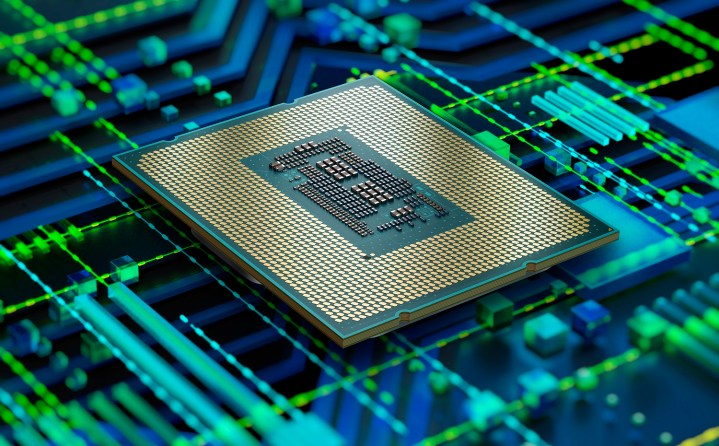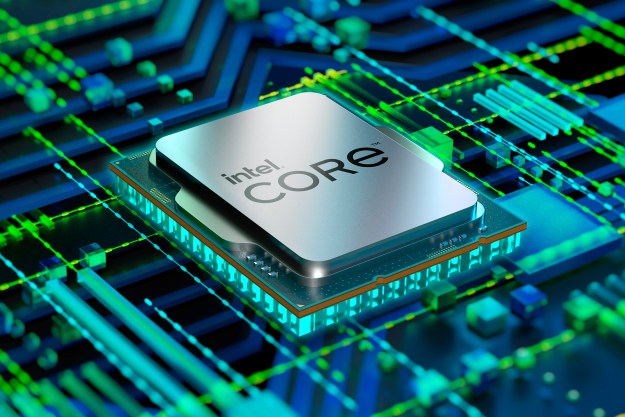Intel just announced its 12th-gen Alder Lake platform at the Intel Innovation event. In addition to six new processors, Intel detailed some key overclocking news for the upcoming range. Marrying software and hardware, Alder Lake looks primed for extreme overclocking unlike any previous Intel generation.
Starting with the hardware improvements, Alder Lake chips feature a thicker integrated heat spreader (IHS). Intel was able to add a little more heft to the IHS by reducing the die thickness by 25% and reducing the solder thermal interface material (STIM) by 15%. We don’t know what kind of difference that will make yet, but a thicker IHS should mean higher cooling potential.

More exciting are the software improvements. Intel is launching Extreme Tuning Utility (XTU) 7.5 with the release of Alder Lake, which supports DDR5 and Alder Lake’s hybrid architecture. You’ll be able to overclock the P-cores and E-cores independently with ratio and voltage controls, and you can quickly check your overclock with the XTU benchmark, which includes hwbot.org integration.
If you don’t want to mess with your settings independently, you can use Intel Speed Optimizer. At launch, this feature is only available for the Core i9-12900K and i9-12900KF, but it will arrive for other Alder Lake chips soon. With a single button, the feature will boost P-core frequency by 100MHz and E-core frequency by 300MHz.
In a demo, Intel showed this chip reaching 5.2GHz on all cores with a modest overclock. We can’t make any claims on performance until the processors are here, but Intel suggests that most chips will have even higher headroom for overclocking.
Along with the launch of XTU 7.5, Intel released Extreme Memory Profile (XMP) 3.0. If you’re unfamiliar, XMP is what allows your memory to run at higher speeds without manual tuning. It’s an overclocking profile stored on the memory itself, and the third version includes some big upgrades.
First, XMP 3.0 supports five memory profiles instead of two, and for the first time ever, you can define and store your own profiles. Up to three profiles will come from the vendor, and you can configure the other two. In addition, you’ll be able to configure your profiles through software on your desktop. Intel pointed out Corsair’s iCue as an example, which allows you to tune and store XMP profiles without digging in the BIOS.
XMP 3.0 is only available on DDR5 modules. However, Intel has news for DDR4 memory, too. Both DDR4 and DDR5 support Intel’s new Dynamic Memory Boost technology on Alder Lake. It’s a bit like the turbo on a processor. Instead of running the memory at a higher speed all of the time, the overclock will adapt to the workload to boost speed as necessary.
We don’t know how good Alder Lake chips will be for overclocking, but Intel is setting up the generation for success. Although overclocking the chips is exciting, XMP 3.0 is a larger development. For the first time, users will be able to define and store their own memory profiles, opening the door to manual memory overclocking to the masses.
Editors' Recommendations
- Everything we know about Lunar Lake, Intel’s big next-generation chips
- Intel 14th-gen Meteor Lake: architecture, specs, and performance
- Intel’s 14th-gen Raptor Lake refresh might be a major disappointment
- Intel Alder Lake BIOS source code was leaked — should you be worried?
- Why it’s hard recommending AMD Ryzen 7000 after Intel’s Raptor Lake launch




